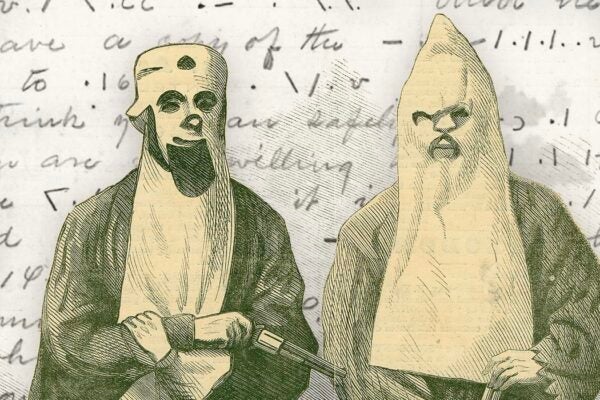One of most successful and least famous pirates of all time was Cheng I Sao, the female pirate (yes, women were pirates too!) who dominated the coast of the Kwangtung Province for fifteen years between 1795-1810.
In “One Woman’s Rise to Power: Cheng I’s Wife and the Pirates,” Dian Murray writes about Cheng I Sao, also known more simply as “Cheng I’s Wife” and her rise to power. Murray provides a vivid account of Cheng I’s wife and the calculated steps she took to dominate the Chinese coast—both on sea and land in some coastal towns. During her rise to fame, Cheng I Sao’s team of pirates dwarfed the Spanish Armada with “approximately 70,000 pirates aboard 1,200 vessels.”
Murray notes that much of her success was not in spite of her gender, but because of it. Cheng I Sao started her career as a pirate after leaving her earlier job as a prostitute to marry and join her husband at sea. Together, they organized pirate gangs and became powerful leaders. Murray notes that “their major achievement was the unification of small gangs into a formidable confederation that by 1804 included 400 junks and 70,000 men.” In 1807, when Cheng I died suddenly, Chang I Sao made a power move to take over.
Cheng I Sao started off by immediately securing both her position and status as the continued leader after Cheng I’s death. First, she got the support from her husband’s most powerful chieftains in order to preemptively squash any potential opposition parties that might arise. Next, she made sure to make herself indispensable to the pirate gangs that she and her husband had originally helped to unify. In doing so, she retained the squadron allegiance and support.
And finally, she developed a strict code of laws for her ships. Through well-enforced severe laws, Cheng I Sao maintained power. For instance, stealing from the villagers or from the communal treasury were considered capital offenses. Desertion and disobedience led to decapitation, and “sexual offenses against female captives were also severely punished.” In the case of rape or even consensual sex, “the offending parties were put to death.”
Once a Week
Cheng I Sao reversed many of the old, gendered notions about “female social mobility.” When she was ready to leave pirating, she negotiated skillfully and diplomatically with Chinese officials in Canton, ultimately granting her and her second husband Chang Pao 80 junks for personal use and an additional 40 for salt trade. Cheng I Sao negotiated for her men, too. “When the confederation dissolved, any of Mrs. Cheng’s pirates could renounce his former life and cross over to a position in the empire. Thus, the pirate confederation proved to be a ladder to respectable success.”







